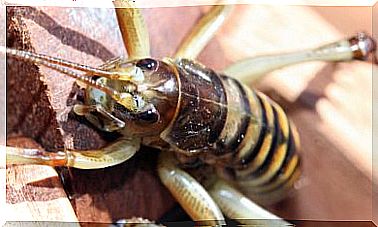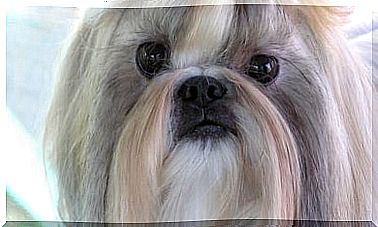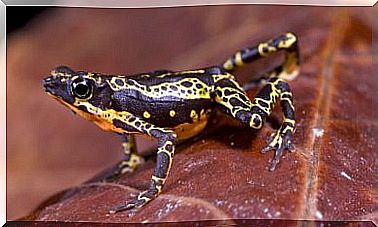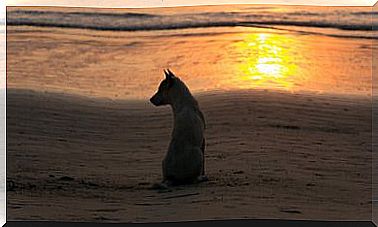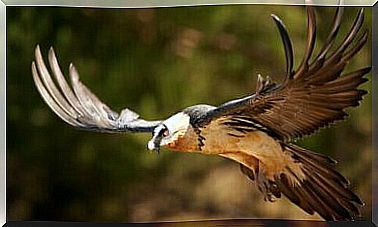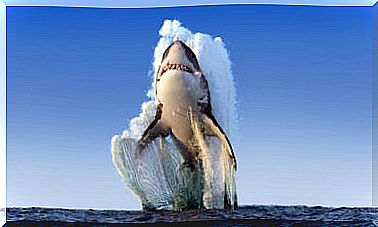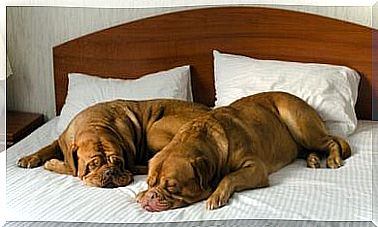What Do Bird Beaks Tell Us?
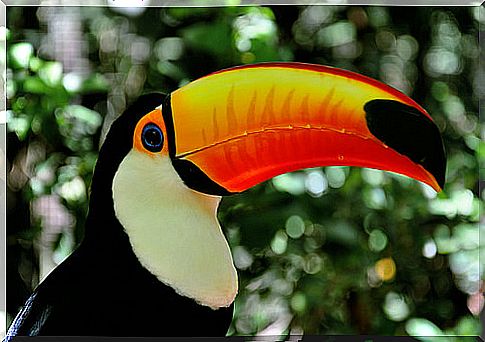
Birds have two main characteristics that differentiate them from other animals : their wings and their beaks.
The wings are clear that they serve so that they can fly, although not in all cases they master this technique perfectly.
Their beak allows them to feed and perform other functions. But also the beaks of birds tell us a lot about them. If you want to know what, don’t stop reading.
The beaks of the birds have a perfect design
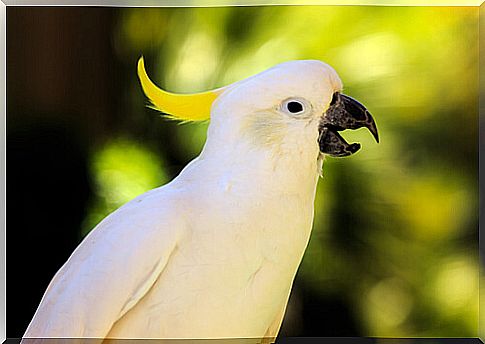
The beaks of the birds seem to be perfectly designed so that each of the different species can get food in the right way. They are also ideal for the habitat in which they live.
It should be noted that it is one of the most particular characteristics of this type of animal and it leads us to be able to correctly identify the species to which they belong.
There are different kinds of spikes if we consider their shape and size: thick, thin, flat, small, curved, short, flat or curved.
Charles Darwin used the beaks of birds
They even inspired Charles Darwin to enunciate his Theory of Evolution. He concluded that the beaks of the Galapagos finches were different on each of the islands.
In addition, for the scientist they had adapted to what they found around them. If in their environment the food was seeds, the beaks were thick and strong to be able to split them, while, if insects were abundant, then their beaks were smaller.
The beaks of the birds are characteristic of their class
All birds have beaks, but each family has its own personalized version. As for its shape, it depends on the shape of the jaw and the covering of corneal sheets that protect it.
In addition, depending on the life they lead, it will have one form or another. The beaks of the birds are used to feed, create their nest, clean their plumage and even, in most cases, as a defense mechanism.
At the base of the beak, the force necessary for it to fulfill its function is concentrated.
The beaks of the birds show us what they are like
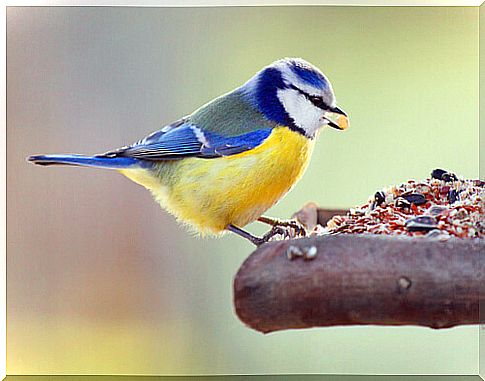
- Very long spikes. They are usually distinctive of wading birds, since for them they are essential to reach food. For aquatic ones, this type of beak simplifies the fishing process.
In the case of raptors they use it to be able to tear their victim quickly. When it is present in the terrestrial ones they usually use it to excavate the earth in search of food.
- Serrated beak. It is the one that some aquatic birds have and is accompanied by a kind of small teeth that serve to prevent the fish from escaping.
- Short, strong beaks. Their purpose is to break the seeds to extract the food from their interior.
- Hook beak. It is very common to find this kind of beak in raptors and it helps them to cut up the prey to be able to eat it.
- Insectivore beak. They are those that are used to hunt insects and are usually characterized by being smaller in size. The fact that they are smaller helps them to achieve the necessary precision to catch this kind of food.
- Filter nozzles. There are certain aquatic birds whose main food is the small invertebrates that inhabit the area. For this reason they need a spout of larger dimensions to be able to filter the extracted water and thus obtain the food.
- Long water peaks. As we saw in the previous case, there are birds that use their beaks to hunt invertebrates in the water. But, in this case, they are long and thin, which helps them to fish more effectively.
Those that are long but not so fine are also helpful for birds that catch fish or amphibians . It gives them greater ability to avoid certain dangers.
- Spikes to pierce the wood. They serve to penetrate the wood in order to hunt the insects that are inside.
Even the beak of birds is the protagonist in some courtships, since certain males use it to attract the attention of females. There is no doubt that this part of the anatomy of birds tells us a lot about them.
Featured image courtesy of Lucas Zallio.
